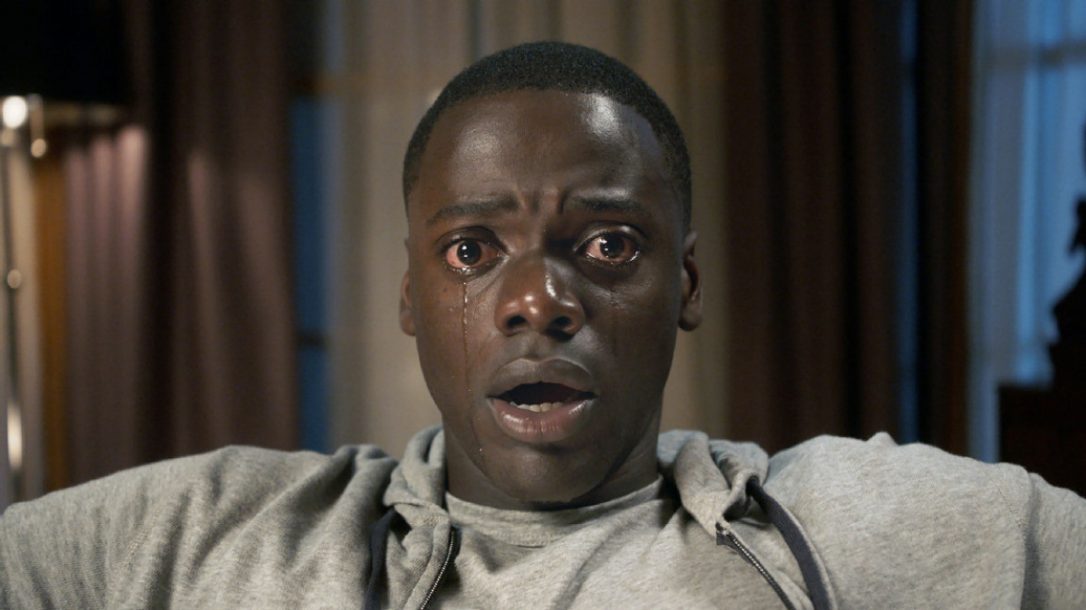Recently, IMDb compiled their “Top Ten” films of 2017, based on user ratings.
Can you guess what was number one?
Pixar’s Coco. It led the pack at with an 8.8/10, a full 0.4 ahead of the runner-up, Blade Runner 2049.
And yet, no animated film was nominated for the Academy Award for Best Picture this year.
Why is that?
Why is it no matter how good the animation, critics continue to sideline them in favour of more traditional live action films?
Animation: for children, or for everyone?

The most obvious reason that good animation lacks widespread recognition is the public perception that animated films are primarily for children.
And to an extent, they are. The first fully animated feature film was Walt Disney’s Snow White and the Seven Dwarfs. Even today, the animated films that dominate the box office are kid’s shows.
But animation is not just a children’s medium. While franchises like Despicable Me, The Lego Movie, and Ice Age, along with Disney’s and Pixar’s offerings are targeted at young audiences, there are plenty of animated films that aren’t just for children. Isle of Dogs. In This Corner of the World. The Breadwinner. These films were all critically acclaimed and all scored above 90% on Rotten Tomatoes.
And while these films have found success in award circuits, this success is mostly limited to animation categories. Only three animated films have ever been nominated for the Academy’s Best Picture: Beauty and the Beast, Up, and Toy Story 3.

And of course, there’s the infamous snub of WALL·E.
But let’s move on to the second problem.
The gap between the Animated Feature and the Best Picture
Until recently, the nominees for Best Picture were always a surprise to me. I had never head of most of them. Even this year, I recognised just three of the nine films on the list when it was first announced.

And their box offices reflect their relative obscurity compared to the big-screen blockbusters. Most Best Pictures, besides Titanic and The Return of the King, have only had modest box office returns. Besides those two, the biggest gross for a Best Picture in recent years was The King’s Speech at $414 million.
On the other hand, the animated winner is usually a film with widespread appeal and huge box-office earnings. Of the 16 winners of the Animated Feature, 10 of them grossed over $500 million.
This reflects the Academy’s split personality: when it comes to the Best Picture, they tend to pick a thoughtful film, but with the Animated Feature, they inevitably just pick the most widely-known popular film, and sideline better but more obscure choices.

This has resulted in the perception that animated films aren’t as good. And if you just look the Academy’s selection you will get that impression. Films like Inside Out cannot compare to films like Spotlight. In most years, the depth of storytelling in the Best Picture clearly trumps the Animated Feature.
But it’s not because of a lack of depth in animated films. It’s because the selection of animated films nominated for awards aren’t the greatest. They’re good, but every year, far better animated films are snubbed.
It shouldn’t be this way.
Why animated films deserve more recognition
As sort of a disclaimer, I need to tell you this: I’m an animator myself. I’ve produced a few short films too. One of these films, a stop motion, included a time-lapse of my brother and I animating the final scene of the film. And when I showed it to my friends, one of them commented, “Gee, knowing how much work goes into animation must take the fun out of watching it.”
Actually, it doesn’t. My appreciation for animation has only grown since I started doing it myself.
But my friend’s comment showed something. It revealed another misconception in the public sphere: the idea that animation is something that is cheap and easy.
It’s not.
It’s easier to visualise the amount of work that goes into a live action film. Just by seeing the talented cast, the often elaborate sets, and hordes of extras, and you can understand some of the labour that went in.
On the other hand, it’s harder to tell for animation. All the sets are drawn or modeled, and if a character doesn’t speak, you don’t need voice actors. Like The Red Turtle.
This confusion is compounded by articles, like this one, from the Verge: “This powerful short by two Pixar animators is darker than Pixar has ever gone”. When I first saw the title, I thought they literally meant just two people.

Then, I saw the credits.
I couldn’t even count the number of crew involved.
The thing is, animated films requires just as much, or even more work than live action films do. On one hand, Pixar’s films take years to make, and on the other, some live action films sometimes take only months to go from script to opening night.
For that alone animation should get more recognition.
But as I’ve already said, that isn’t the only reason. Animation, done well, is just as deep and thoughtful as any live action film.
With the Academy Awards being tomorrow, it’s a little late for them to nominate more animation this year, but I hope, in the future, they will look further afield and that animation will be represented better in film awards.
Just because a film is animated doesn’t mean it’s poorer. The purpose of film, animated or not, is to convey a story.
And a drawn story is not less worthy of awards than a videoed one.

Leave a comment